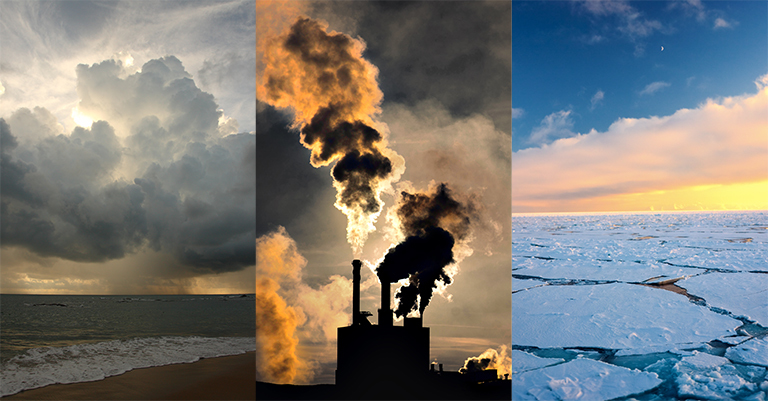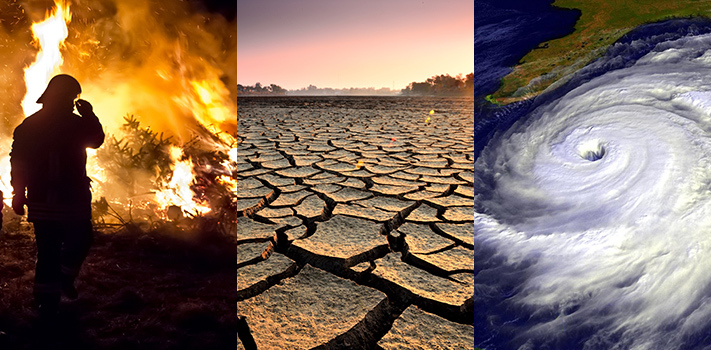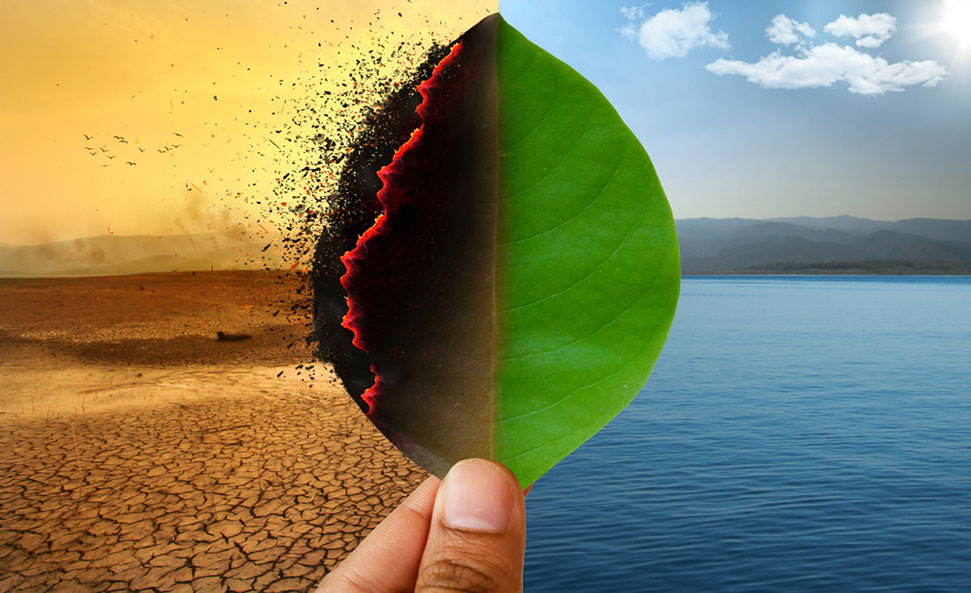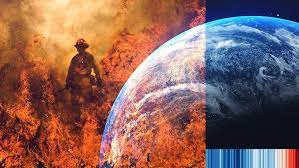Hello!
 We can learn a lot about climate change from Venus, our sister planet. Venus currently has a surface temperature of 450℃ (the temperature of an oven’s self-cleaning cycle) and also an air controlled by carbon dioxide (96%) having a density 90 times that of Earth’s.
We can learn a lot about climate change from Venus, our sister planet. Venus currently has a surface temperature of 450℃ (the temperature of an oven’s self-cleaning cycle) and also an air controlled by carbon dioxide (96%) having a density 90 times that of Earth’s.
Venus is a really odd place, completely uninhabitable, except possibly in the clouds some 60 km up where the recent discovery of phosphine may indicate drifting parasitic life. However, the surface is completely inhospitable.
But, Venus once probably had an Earth-like climate. According to current weather modelling, for much of its background Venus had surface temperatures very similar to present-day Earth. It probably also had rain, oceans, possibly snow, possibly continents and plate tectonics, and much more speculatively, maybe even surface existence.
Over one billion decades back, the climate radically changed because of a runaway greenhouse effect. It could be theorized that an intensive amount of volcanism pumped enough carbon dioxide to the air to cause this fantastic climate shift event that disappeared the oceans and resulted in the close of the water cycle.
Evidence of change
This theory in the climate modelers motivated Sara Khawja, a master’s student in my team (co-supervised using geoscientist Claire Samson), to search for proof in Venusian stones for this projected climatic change occasion .
 Since the early 1990s, my Carleton University study group — and more lately my team in Tomsk State University — were mapping and translating the geological and tectonic history of Earth’s remarkable sister world.
Since the early 1990s, my Carleton University study group — and more lately my team in Tomsk State University — were mapping and translating the geological and tectonic history of Earth’s remarkable sister world.
Soviet Venera and Vega paths of the 1970s and 1980s did land on Venus and shoot images and evaluated that the composition of the stones prior to that the landers failed as a result of elevated temperature and strain .
But, our most extensive perspective of the surface of Venus was supplied by NASA’s Magellan spacecraft in the early 1990s, which used radar to see through the dense cloud layer and create detailed pictures of over 98 percent of Venus’s surface.
Ancient rocks
Our hunt for geological evidence of the excellent climate change event directed us to concentrate on the oldest kind of stones on Venus, known as tesserae, that have a intricate look reminiscent of a lengthy, complex geological history.
 We believed that these earliest rocks had the best chance of maintaining evidence of water erosion, and this is such a significant procedure on Earth and should’ve happened on Venus before the fantastic climate change event.
We believed that these earliest rocks had the best chance of maintaining evidence of water erosion, and this is such a significant procedure on Earth and should’ve happened on Venus before the fantastic climate change event.
Given poor resolution elevation data, we used an indirect approach to attempt and comprehend historic river valleys. We demonstrated that lava flows in the surrounding volcanic plains had filled valleys from the margins of tesserae.
To our astonishment those tesserae valley patterns were quite much like river flow patterns on Earth, resulting in our proposal which those tesserae valleys were formed by river erosion in a period with Earth-like climatic states.
My Venus study teams at Carleton and Tomsk State universities are analyzing the post-tesserae lava flows to get almost any geological evidence of the transition into extremely warm conditions.
Also read: Email Marketing
Earth analogies
 To be able to comprehend just how volcanism on Venus could create such a change in climate, we could look to Earth background for analogs.
To be able to comprehend just how volcanism on Venus could create such a change in climate, we could look to Earth background for analogs.
We could find analogies in super-eruptions such as the previous eruption in Yellowstone that happened 630,000 decades .
However, such volcanism is modest when compared with large igneous provinces (LIPs) that happen roughly every 20-30 million decades.
All these eruption events can discharge carbon dioxide that is enough to induce devastating climate change in Earth, such as mass extinctions.
To give you an idea of scale, think about that the tiniest LIPs create enough magma to pay all of Canada into a thickness of about ten meters.
The biggest known LIP made enough magma that could have covered an area the size of Canada into a thickness of almost eight km.
The LIP analogs around Venus include human volcanoes which are around 500 km across, broad lava stations that reach around 7,000 km long, and there are additionally connected rift systems — in which the crust is pulling up — around 10,000 km long.
 In case LIP-style volcanism was the origin of the fantastic climate change event on Venus, then might comparable climate change occur on Earth?
In case LIP-style volcanism was the origin of the fantastic climate change event on Venus, then might comparable climate change occur on Earth?
We could envision a situation many countless years later on when several LIPs randomly happening at precisely the exact same time can cause Earth to possess such runaway climate change resulting in states like present-day Venus.
Thank you!
Join us on social networks!
See you!






